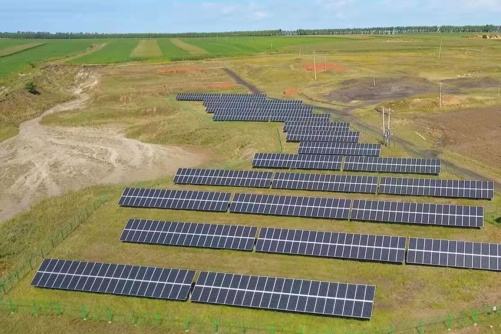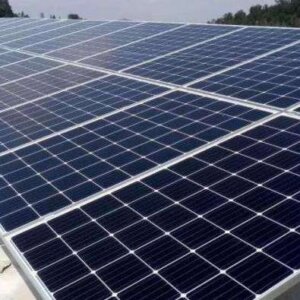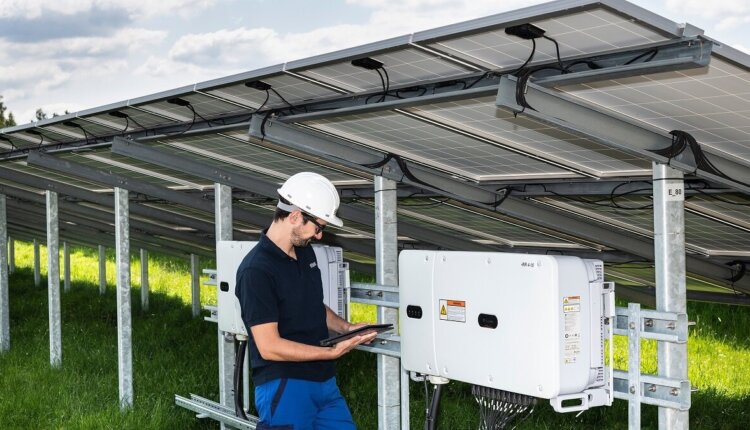Due to the Steag Group’s steadily growing involvement in the field of pv monitoring and PV projects over the past several years, Steag and Solytic have now decided to join forces for the benefit of both parties.
With the software solution for pv monitoring from Solytic, the performance of the PV systems can be checked and their profitability increased. With the investment, Steag also wants to take into account all three current megatrends in the energy industry: digitization, decarbonization and decentralization.
“Steag has in-depth energy industry domain know-how and many years of commitment to digitization, Solytic brings a specialized solution for PV monitoring systems, that makes us ideal partners,” says Jan Fischer, who is responsible for digital projects at Steag.
The range of digital topics at Steag ranges from software for PV monitoring system and control to an app-based platform for micro-investments to software tools that enable efficient energy management and CO2 Enable emissions accounting.
“Here, our Stuttgart subsidiary Optenda, which specializes in digitization, has excelled,” says Jan Fischer.
PV monitoring from Solytic offers intersections with SENS
At the same time, Steag is active with its subsidiary Steag Solar Energy Solutions GmbH – SENS for short, in the field of project development and plant construction, particularly in the case of ground-mounted PV systems. With the software specially developed by Solytic for the optimization of PV monitoring systems, there are several intersections in terms of content.
The cooperation that has now been concluded should also offer advantages for Solytic. Because Steag wants to accompany the start-up with technical and energy industry expertise. “The development of the decentralized energy market continues to accelerate.

The market now needs digital solutions that sustain these changes. That’s why we want to focus even more on our core competence in energy data processing in the future in order to actively help shape and promote this change,” says Solytic Managing Director Johannes Burgard.
Since Steag is also driving the digitization of the energy transition and renewable energies with in-house developments, the cooperation was obvious.
From now on, the partners intend to join forces in areas such as cloud solutions, big data-based analysis and control tools, and applications in the field of AI and automated learning.
Two common systems for Solar monitoring systems
PV monitoring is the best protection against loss of yield. But why is that? If you have the choice between two monitoring systems: Which one is the right one for which PV system? What data do they provide and how do you evaluate it?
Recording of electricity generation and electricity use
A solar power system generates usable electricity from the radiation energy provided by the sun. This self-generated renewable solar power can consumed pro rata or completely as own electricity in the household or marketed by yourself or
fed into the public electricity grid and rewarded with a state feed-in tariff become.
For this, plant operators must know how much electricity the plant generates in total and how much of this electricity goes into the household and public grid. This data is recorded by the various PV monitoring systems.
Reference counter, feed-in counter, two-way counter and output counter
Every household connected to the public electricity grid includes an electricity meter. This electricity reference meter, in short: reference meter, counts how much electricity is obtained from the public grid for the operation of building technology and electrical equipment.
As the operator of a solar system that is connected to the grid, another meter is added: the feed-in meter. This usually also belongs to the network operator and the plant operator pays a usage fee. It does not apply when installing your own meter. The feed-in meter counts the amount of solar power fed into the public grid by the plant. This calculates the feed-in tariff already mentioned.
Two become one: Above all, the compact design is the reason why most plant operators prefer a two-way meter. It combines the functions of reference counter and feed-in counter. Instead of two devices, only one hangs in the meter box (or near it). Two-way meters always belong to the network operator, which charges a provision fee and often also a second measurement fee.
When Is PV Monitoring Worthwhile?

When purchasing a small photovoltaic system for the single-family house, the question often arises whether and to what extent professional system monitoring via data loggers makes sense.
For small systems under 5 kWp, system monitoring can also be carried out manually, as the purchase of a data logger with 300 € to 1,000 € surcharge is hardly worthwhile here. Loss of yield caused by such small plants is manageable and manual or weekly reading of the meter reading is usually sufficient here.
For systems between 5-10 kWp, automatic monitoring is already quite useful and for systems larger than 10 kWp, an automatic data logger is recommended.

